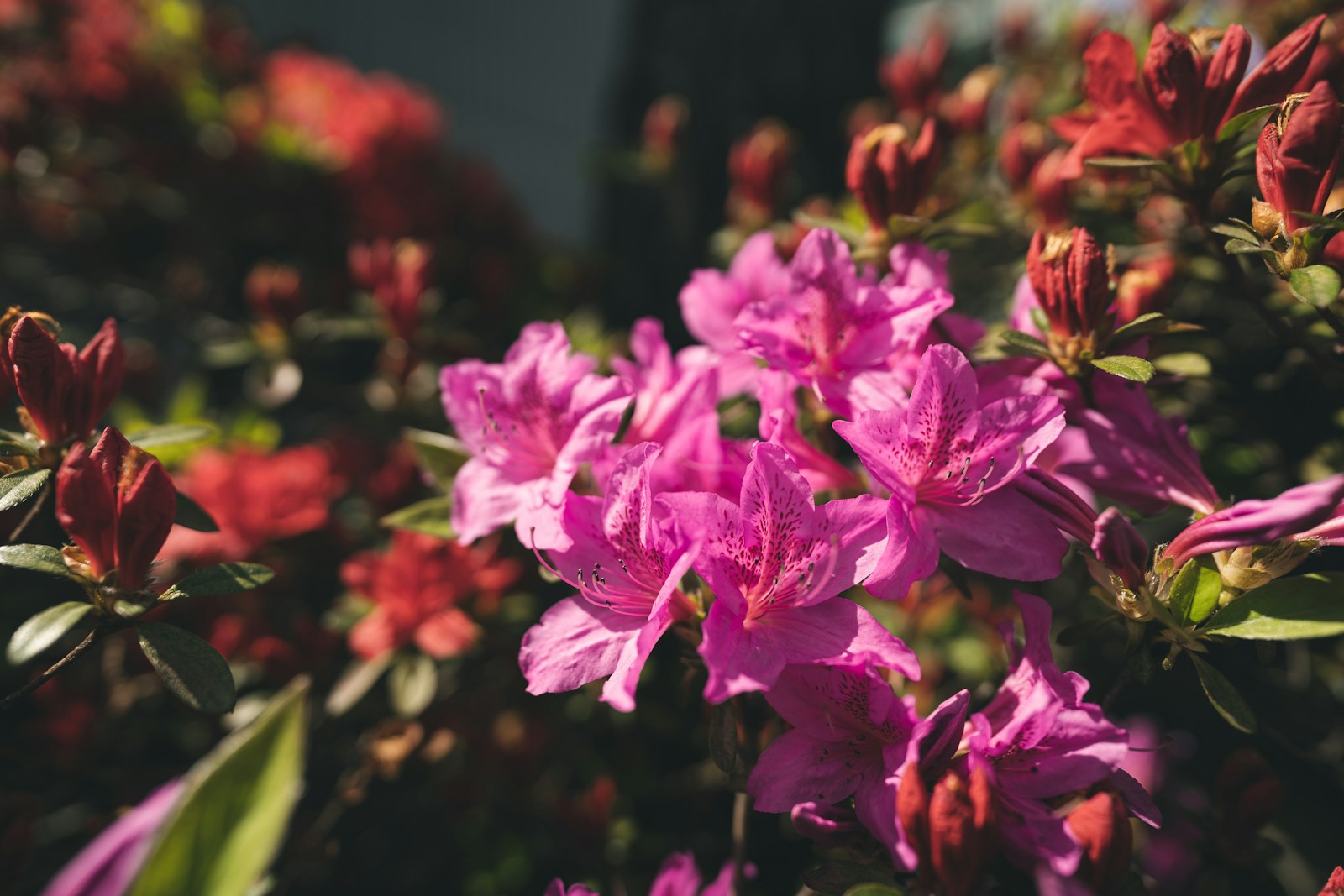If you want your garden to stay colorful and full of flowers all summer, there’s one simple gardening tip you should know: deadheading. Deadheading means removing old or faded flowers from a plant. This helps the plant grow new blooms instead of wasting energy on seeds. June is the perfect time to start deadheading certain plants, especially if you want to keep your garden looking fresh and bright through July and August. Below are 6 easy-to-grow plants you should deadhead this month for long-lasting summer flowers.
🌹 1. Roses
Roses are classic garden favorites. They bloom repeatedly, but only if you take care of them properly. One important step is deadheading.
Why Deadhead:
When you remove spent blooms, your rose bush focuses its energy on producing new flowers instead of seeds.
How To Do It:
Use clean garden scissors or shears to snip off the flower just above the first group of five healthy leaves.
Bonus Tip:
Deadheading also helps prevent diseases and keeps the plant looking tidy.
🌻 2. Marigolds
Marigolds are bright and cheerful, perfect for flower beds and pots. They’re also known to repel garden pests.
Why Deadhead:
Once a marigold bloom fades, it stops producing more flowers unless you remove the dead ones.
How To Do It:
Pinch or snip off the dead flower at the stem joint. New buds often grow just beneath the old ones.
Bonus Tip:
Deadheading marigolds also helps keep the plant compact and bushy.
🌸 3. Geraniums
Geraniums are colorful and easy to care for. They thrive in hot weather and can bloom all summer if deadheaded regularly.
Why Deadhead:
Spent flowers on geraniums can turn brown and unattractive. Removing them keeps the plant healthy and boosts new blooms.
How To Do It:
Gently pull the entire flower stem off, not just the petals. This encourages more flower stems to grow.
Bonus Tip:
Geraniums also benefit from occasional trimming of yellow or dry leaves.
🌼 4. Petunias
Petunias add vibrant color to hanging baskets and garden beds. They’re loved for their wide variety of shades.
Why Deadhead:
Petunias can slow down their blooming cycle if old flowers stay on the plant.
How To Do It:
Pinch the flower stem right below the faded bloom, including the seed pod.
Bonus Tip:
Feed your petunias with a liquid fertilizer after deadheading to promote new growth.
🌺 5. Coneflowers (Echinacea)
Coneflowers are strong perennials that attract butterflies and bees. They bloom for months if well maintained.
Why Deadhead:
Removing old flowers helps coneflowers bloom again quickly. Otherwise, the plant starts putting energy into seed production.
How To Do It:
Cut the faded flower just above the next set of leaves.
Bonus Tip:
You can leave some flowers uncut at the end of summer for birds like goldfinches to enjoy the seeds.
🌿 6. Salvia
Salvia is a fragrant, sun-loving plant that blooms in spikes. It’s a magnet for hummingbirds and pollinators.
Why Deadhead:
Once the flowers fade, salvia stops producing new spikes unless old ones are removed.
How To Do It:
Use garden scissors to cut back the flowering spike to the next healthy leaf set.
Bonus Tip:
You may get a second wave of blooms before summer ends if you continue deadheading regularly.
✅ Why Deadheading Matters
Deadheading might seem like a small gardening task, but it can make a huge difference. When you remove dying flowers, plants don’t waste energy on seed-making. Instead, they put that energy into growing new flowers, which keeps your garden full of color.
It also improves airflow around the plant, reducing the risk of fungus and disease. Plus, it just makes your garden look tidier and more cared for.
You don’t need fancy tools—just clean scissors or your fingers, and a few minutes each week.
🌞 Conclusion
Deadheading is one of the simplest ways to keep your summer garden blooming nonstop. Starting in June, pay close attention to roses, marigolds, geraniums, petunias, coneflowers, and salvia. Regularly removing faded flowers helps these plants grow stronger and produce more colorful blooms. Not only will your garden look better, but your plants will be healthier too. So grab your gardening gloves and make deadheading part of your summer routine. Your garden will thank you with a burst of fresh flowers, week after week!
Visit Garden Today
